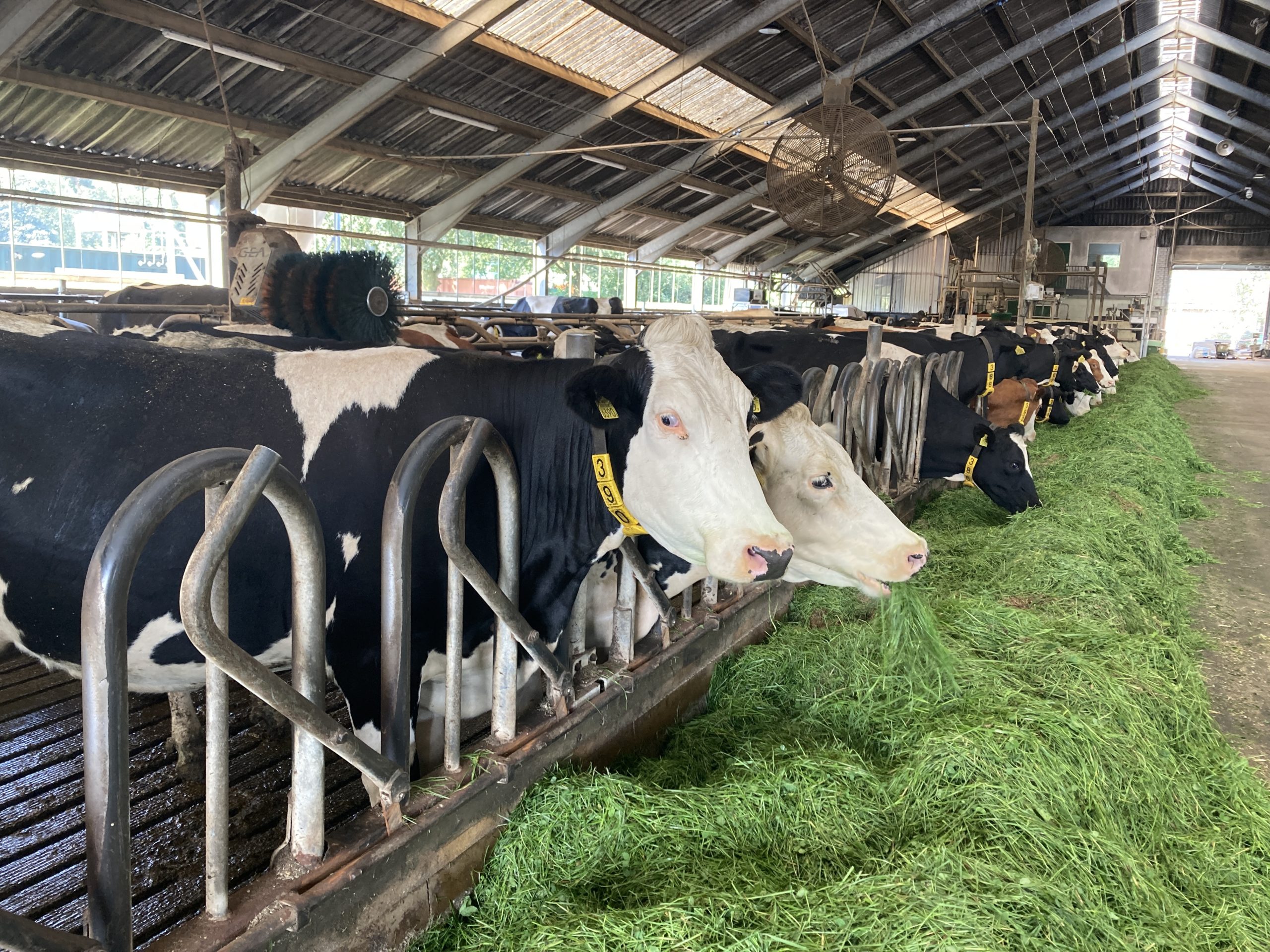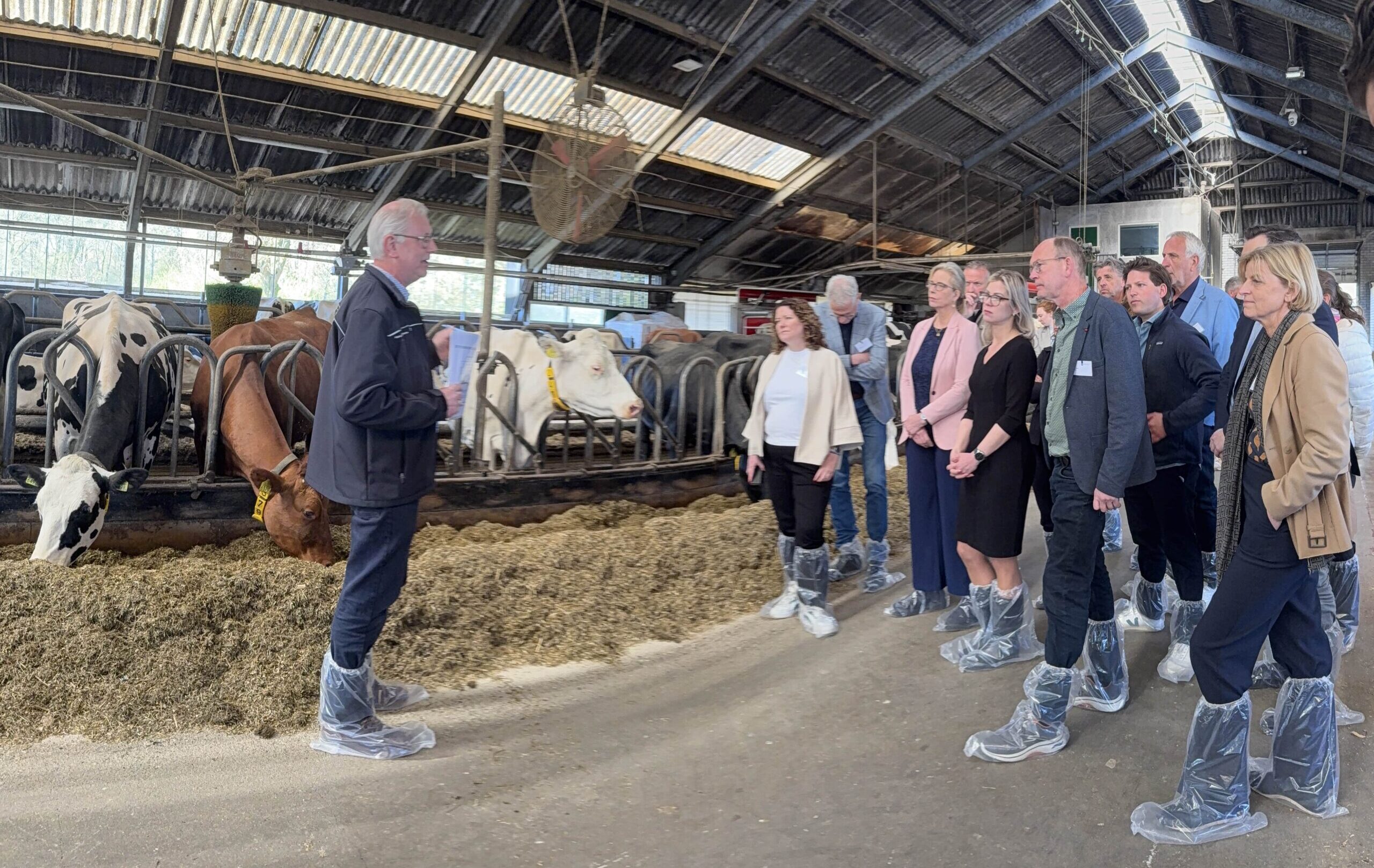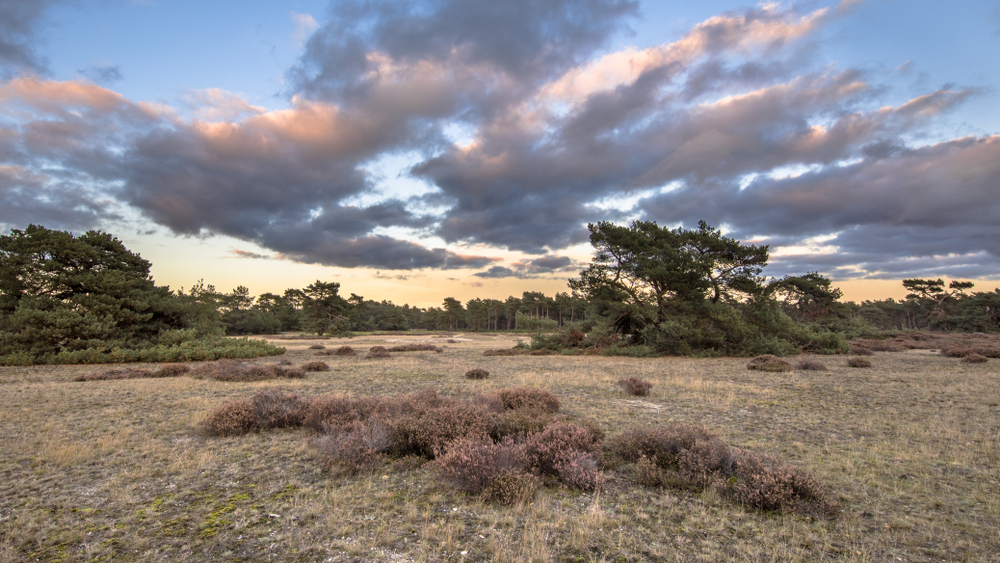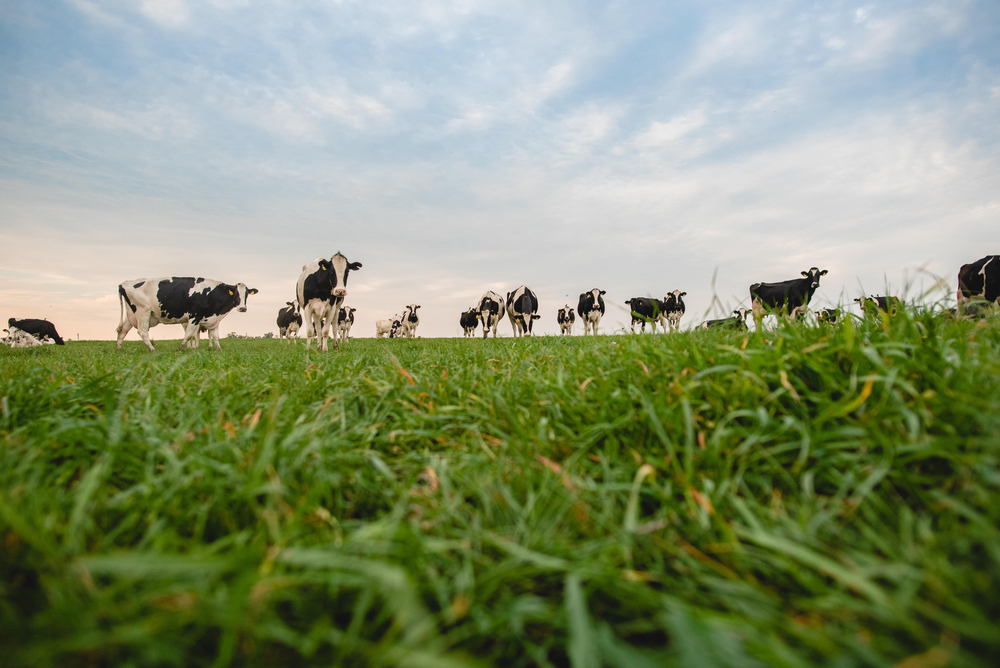In NatureToday, Wim de Vries and Gerard Ros (both at WUR Environmental Systems Analysis) put the nitrogen analysis by the University of Amsterdam and Mesdag Fund into perspective. They were irritated by the false interpretations. According to them, the study does not mean nitrogen deposition has been overestimated, as some people claim.
In mid-September, a report was published by the University of Amsterdam (UVA) on the spread of nitrogen from dairy farms. To investigate this, measurements were carried out at two farms. The researchers found most of the nitrogen (90 per cent) disappeared into ‘the blanket’ while the remaining 10 per cent is deposited very locally, less than 100 metres from the farm.
The Mesdag Dairy Fund, which commissioned the research, issued a press release about the report, saying ‘this means the current policy targeting the farms that are major sources will not be effective’ — which was not a conclusion drawn by the UVA researchers. De Telegraaf newspaper ran the headline ‘New study shoots holes in nitrogen policy’ while farming magazine Vee en Gewas went with ‘Huge overestimation of nitrogen deposition’.
The UVA researchers are not happy about this, according to university magazine Folia. ‘Our study doesn’t shoot holes in the policy at all; at most it causes minor ripples in the water,’ they say in the article. Wageningen nitrogen experts Wim de Vries and Gerard Ros (Environmental Systems Analysis chair group) are also irritated by the false interpretation. Last week, they explained in detail in an article in NatureToday and on wur.nl what they think the Amsterdam measurements do mean and what the relevance is for the current policy focusing on major sources. They stress the results of the UVA study do not mean the nitrogen deposition has been overestimated; the measured spread of nitrogen is in line with calculations by the National Institute for Public Health and the Environment (RIVM).
Easy to explain
In the article, they also delve deeper into the situation on Schiermonnikoog, which is often cited in attempts to cast doubt on the effect of reducing livestock numbers. While farmers on the island had reduced livestock numbers by almost 40 per cent, higher ammonia concentrations were measured in some places last year. ‘That sounds contradictory, but is easy to explain,’ say the Wageningen experts.
Incidentally, they believe the Netherlands should take emissions rather than deposition as the basis for its policy. Together with Martin van Ittersum (Plant Production Systems) and Roel Jongeneel (Wageningen Economic Research), they developed a proposal for an alternative approach. They advocate converting the nationwide environmental goals for agriculture (not just nitrogen but also methane and CO₂ for example) into specific targets per farm, with an emissions ceiling that is reduced annually. ‘That will definitely spur Dutch agriculture to take action,’ they said in a previous interview with Resource.
The UVA study was prompted by farmers’ doubts about the reliability of the RIVM calculations of nitrogen deposition, which are based on models. The Mesdag Fund therefore asked UVA to perform ‘actual’ measurements. The measurements show slightly higher nitrogen deposition at a short distance from the dairy farm than the numbers from the model calculations.

 The measured spread of nitrogen is in line with calculations by the National Institute for Public Health and the Environment (RIVM). Photo Resource
The measured spread of nitrogen is in line with calculations by the National Institute for Public Health and the Environment (RIVM). Photo Resource 

